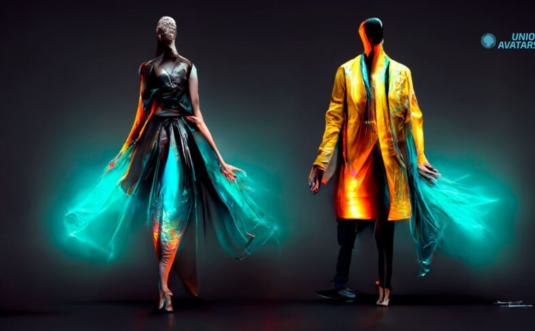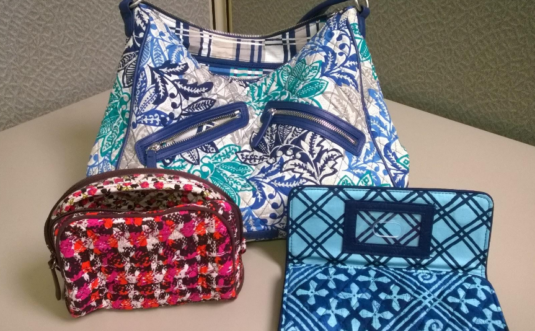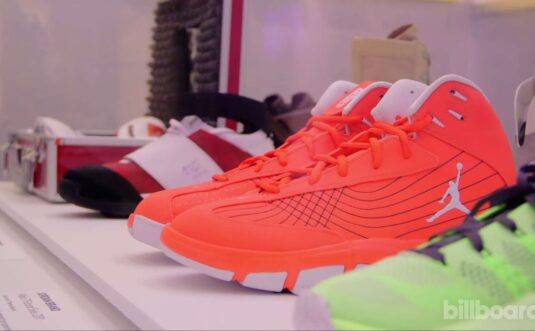In today’s fast-paced fashion industry, understanding consumer psychology is key to designing clothing that not only appeals to the eye but also resonates deeply with buyers. Fashion is more than just fabric and threads—it’s about connecting with the emotions, desires, and aspirations of consumers. This connection is what turns a simple design into a must-have item, driving sales and fostering brand loyalty. In this article, we’ll explore how leveraging consumer psychology can enhance your fashion designs and increase your market impact.
The Emotional Connection in Fashion
The emotional connection between a consumer and a piece of clothing is often the deciding factor in a purchase. Consumers are drawn to items that evoke positive feelings, whether it’s the comfort of a well-made sweater or the confidence a stylish jacket brings. When designing clothes, it’s crucial to consider the emotions you want your products to evoke.
For instance, a luxury brand might focus on exclusivity and status, using high-quality materials and sophisticated designs to create a sense of prestige. On the other hand, a casual wear brand might prioritize comfort and approachability, using soft fabrics and relaxed fits to appeal to a broader audience.
Understanding these emotional triggers allows designers to create collections that resonate on a deeper level with their target market, leading to higher customer satisfaction and repeat purchases.
The Role of Color and Patterns
Color and pattern choices are powerful tools in fashion design, as they significantly impact consumer perception and behavior. Colors can evoke specific emotions and associations. For example, red is often associated with passion and energy, making it an excellent choice for activewear or evening dresses. In contrast, blue evokes calm and trust, which is why it’s commonly used in professional attire.
Patterns, too, play a significant role. Bold, geometric patterns may appeal to consumers looking for trendy, statement pieces, while soft, floral designs might attract those who prefer a more romantic and classic style. By carefully selecting colors and patterns that align with the brand’s identity and the target audience’s preferences, designers can create more appealing and commercially successful collections.
When it comes to marketing these designs, understanding where your target audience spends their time online is also crucial. For brands exploring crossover opportunities between fashion and entertainment, platforms like playfortuneforfun.com offer insights into consumer behavior within gaming communities. Understanding these dynamics can help fashion brands tailor their designs and marketing strategies to capture the attention of these unique consumer segments.
The Power of Storytelling in Fashion
In the digital age, storytelling has become a vital aspect of branding, and this is particularly true in the fashion industry. Consumers today are not just buying clothes; they are buying into a brand’s story, values, and lifestyle. Effective storytelling can differentiate a brand in a crowded market, create emotional connections, and build a loyal customer base.
A brand’s story can be communicated through various channels, including social media, websites, and in-store experiences. Visual storytelling, in particular, is powerful in fashion. This involves not just the clothes themselves but also how they are presented—through lookbooks, fashion shows, and advertising campaigns.
For example, a brand that focuses on sustainability might tell the story of how its products are made from recycled materials, appealing to eco-conscious consumers. Similarly, a brand with a rich heritage might highlight its history and craftsmanship, appealing to consumers who value tradition and quality.
Crafting a compelling brand story requires a deep understanding of your target audience’s values and aspirations. By aligning your brand story with these elements, you can create a strong, lasting connection with your customers.
For insights into how content strategies can be tailored to specific audiences, you might look at professionals like https://www.linkedin.com/in/victor-bagan/, a content manager with extensive experience in the gambling industry. His expertise in crafting targeted messaging in such a specialized field can offer valuable lessons on how to effectively communicate with and engage different consumer segments, a skill that is highly relevant across various industries, including fashion.
Conclusion
Designing clothes that sell requires more than just an eye for fashion; it demands an understanding of consumer psychology. By tapping into the emotional and psychological triggers that drive consumer behavior, fashion designers can create collections that not only attract attention but also inspire purchases. Whether through the careful selection of colors and patterns, or by crafting compelling brand stories, the key to success lies in creating a deep connection with your audience.
By integrating insights from related industries and professionals, you can refine your approach, ensuring your designs not only stand out but also achieve commercial success.




